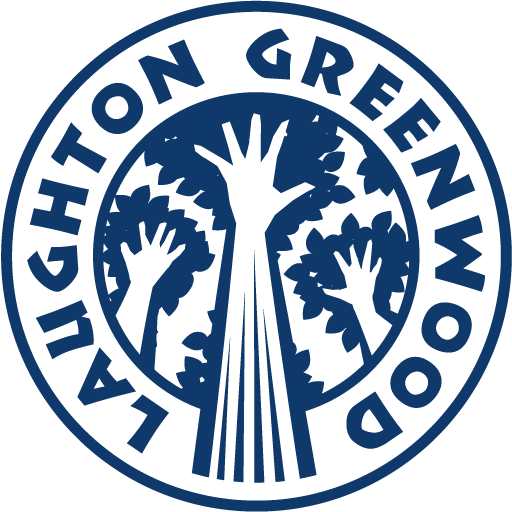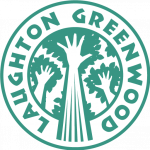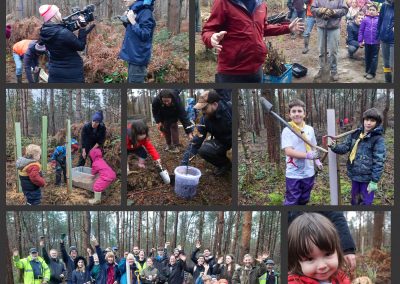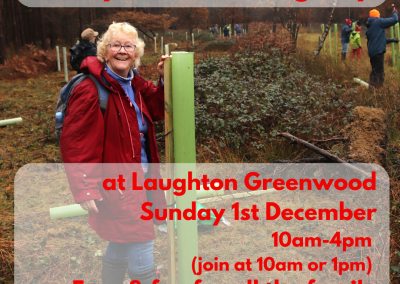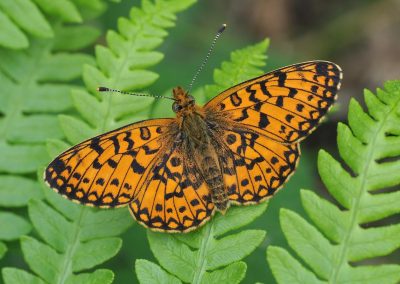In an exciting collaboration between Laughton Greenwood and the Newt Conservation Partnership we have created five brand new wildlife ponds in the woodland. We aim to provide ecological connectivity and breeding habitat for the small population of great crested newts present in the woods.
The ponds will increase overall biodiversity and maintain the open spaces which are crucial for woodland health. Ponds have been part of our landscape for hundreds of millions of years and during this time many plants and animals have become well adapted to the still water conditions they provide. At the landscape scale, ponds support more species than other aquatic habitats, and two thirds of all Britain’s freshwater plants and animals are found in permanent or temporary ponds. This includes many of the 4,000 species of freshwater invertebrates, most of Britain’s larger wetland plants, and all our native amphibians which are pond specialists.
In the UK great crested newt numbers have been declining and they are protected by law, officially classed as an endangered species. The reason for decline is that fifty years ago there were twice as many ponds in the countryside than there are today. In Laughton Greenwood we want to do our best to help preserve endangered species such as newts, bats, owls and dormice.
In order to maintain water quality, the new ponds will be fenced. Dogs jumping into ponds damages the habitat for wildlife. Flea and worming treatments can leach into the water and kill freshwater invertebrates. This autumn we will be asking for volunteers to come and help build ‘dead hedges’ around the new ponds, to keep dogs out.
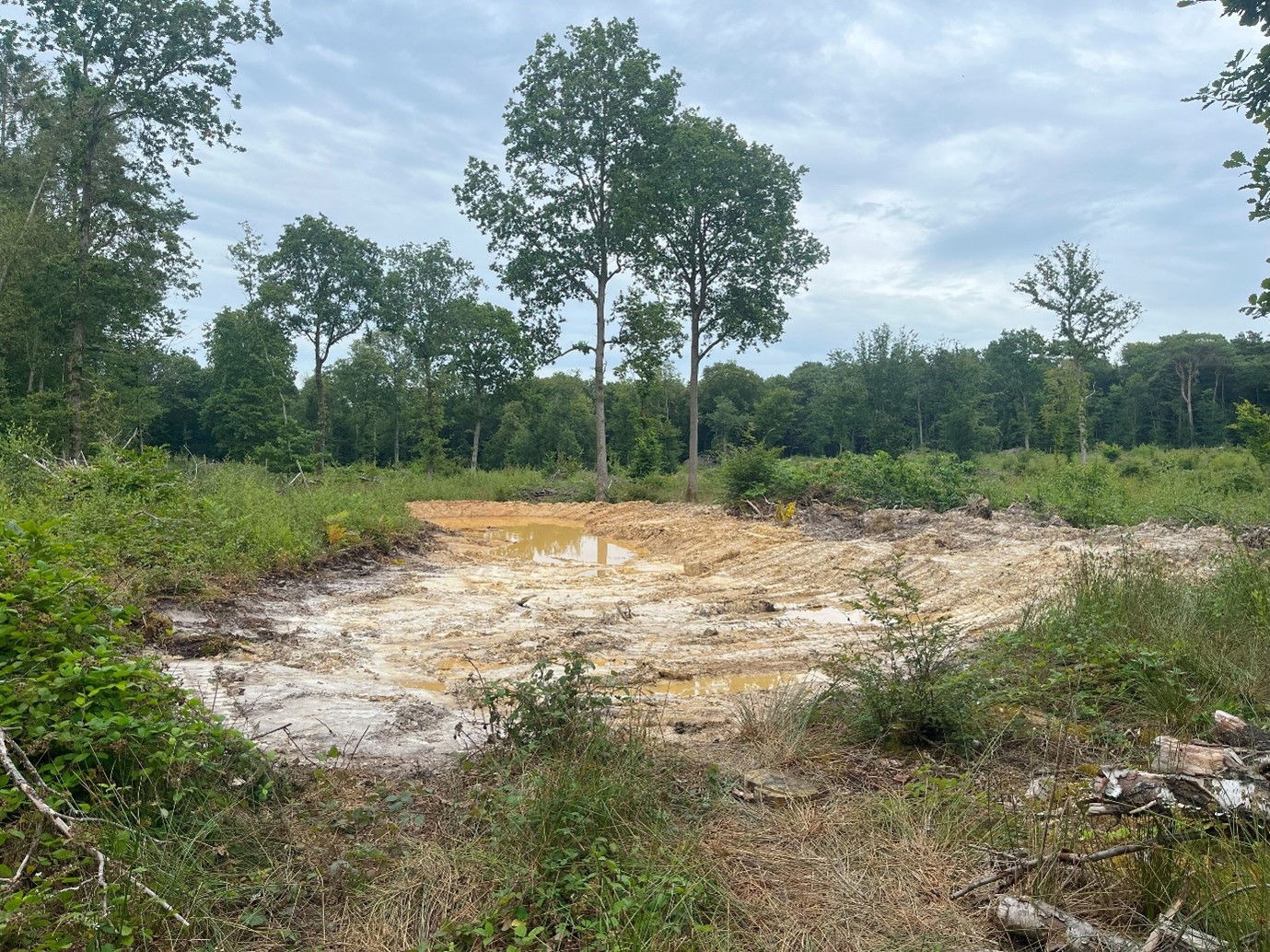
The ponds may look a bit untidy now, but it’s very deliberate. Rosie Moss, Southern Lead for the Newt Conservation Partnership says:
“They’re rough round the edges, but nature doesn’t care about aesthetics! Our ponds are designed to have submerged bars and shoals to maximise surface area and botanical biodiversity. The clay banks are left rough with hollows and cracks to support the hibernating and sheltering reptile species that are abundant here. Shallow areas are created to expose mud when the water naturally fluctuates seasonally, which birds use for lining their nests. The ponds are strategically placed either side of the two existing woodland ponds. This will extend the habitat of our native amphibians and grass snakes. We’re really looking forward to the natural colonisation of flora and fauna over the next few years.”
The Newt Conservation Partnership is a community-benefit society working with landowners across England to deliver high quality habitat for great crested newts as part of the NatureSpace great crested newt District Licensing scheme. This government-approved and regulated scheme, launched in 2018, allows developers to pay into a compensation fund that directly finances conservation works and their long term management. Working to best practice standards set out by partner organisations Freshwater Habitats Trust and Amphibian and Reptile Conservation, NCP creates or restores at least four new ponds for every one lost to development.
With thanks to Rosie Moss
How can you help? Volunteers are needed on the 1st Sunday of each month 10am to make dead hedges around the new ponds. No experience needed, do come and join us.
